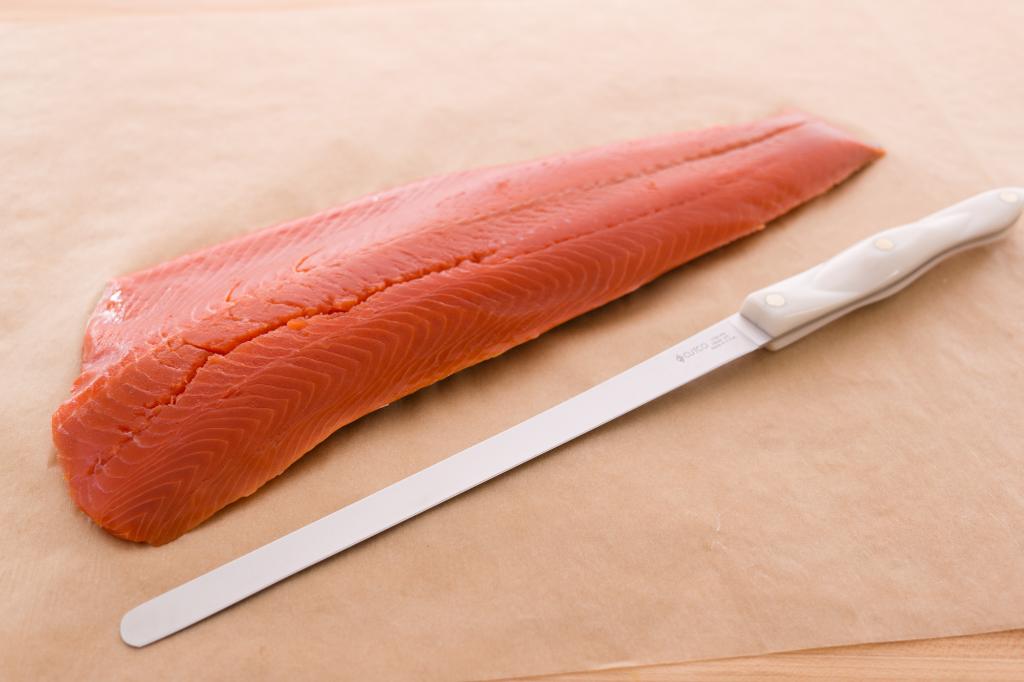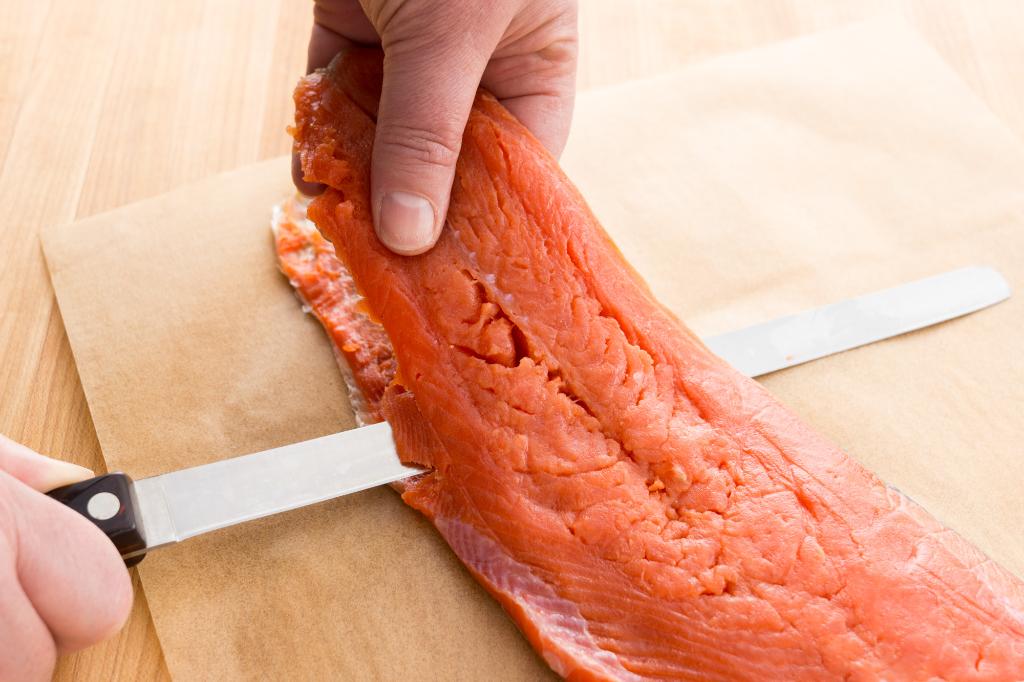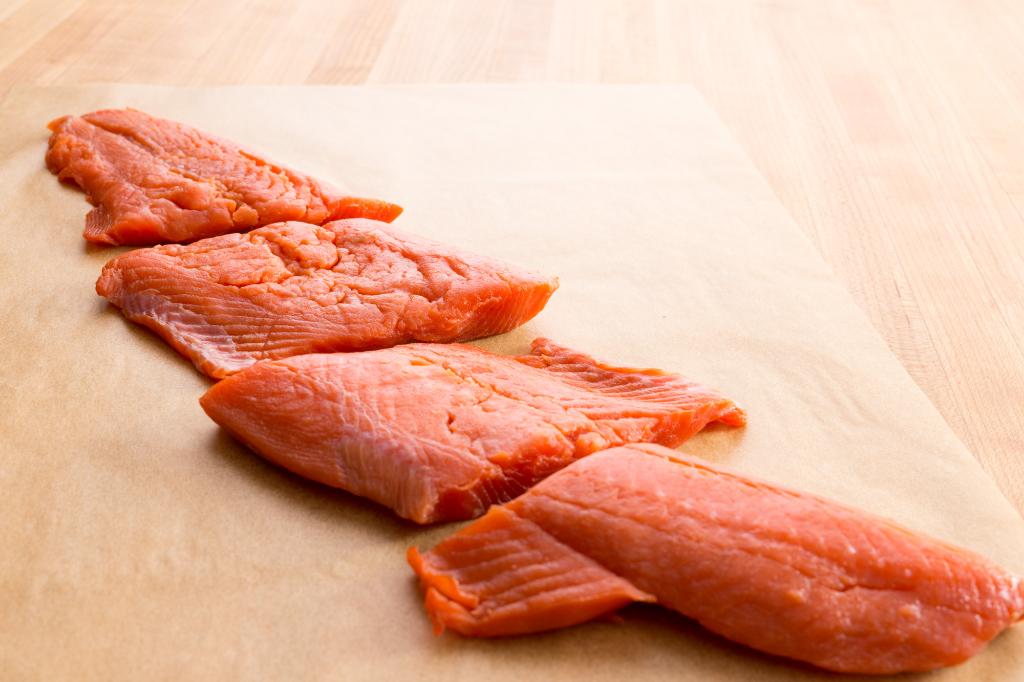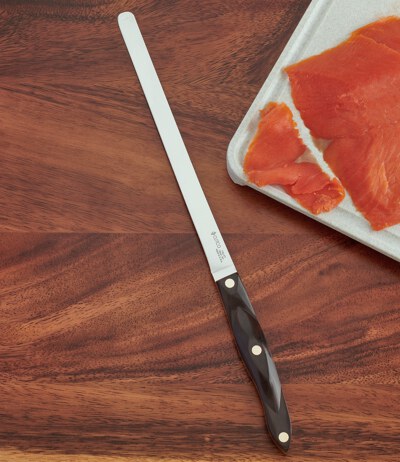Health Benefits of Fish
2486 days ago

Fish and other types of seafood are major sources of healthful long-chain omega-3 fats. They’re also rich in other nutrients like vitamin D and selenium, and high in protein, making them a very important part of a healthy diet.
Omega-3 fatty acids reduce inflammation and may reduce the risk of stroke, depression, Alzheimer’s disease and other chronic conditions. We cannot make omega-3 fatty acids internally so we need to eat foods naturally rich in them. This is why I recommend that all of my patients eat fish at least twice a week.
Best sources of fish oil
There are certain fish that are fattier than others and offer a better source of fish oil. Those include:
- Mackerel
- Tuna
- Salmon
- Bluefish
- Anchovies
- Sardines
- Herring
- Trout
What to Look for When Purchasing Fish
Just like meat that comes from properly raised animals, fish caught using sustainable practices with awareness for the environment, should be a priority when purchasing. When possible, eat fish that is sustainably sourced, ideally wild-caught. The ratio of omega-3 to omega-6 fat in wild salmon, is far superior to farmed salmon. Farmed salmon has a 1:1 ratio of omega-3s and omega-6s, due to their poor diet, however the ratio for wild salmon is a much more ideal and healthful ratio. Farmed fish also tends to be high in contaminants.
If you are looking to save some money when choosing fish, consider purchasing a full fillet and cutting it into individual portions. The Salmon Knife makes removing the skin, filleting or cutting fish easier than ever.

Its thin, flexible and sharp blade glides through the flesh without ripping or tearing, making it a necessary knife for every cook’s kitchen.

A sharp salmon knife and a fresh piece of fish, are the perfect pairing for easy prep of one of my favorite superfoods.

Watch Cutco’s video, How to Cut Salmon, to learn how to removed skin from salmon and cut it into portions.








